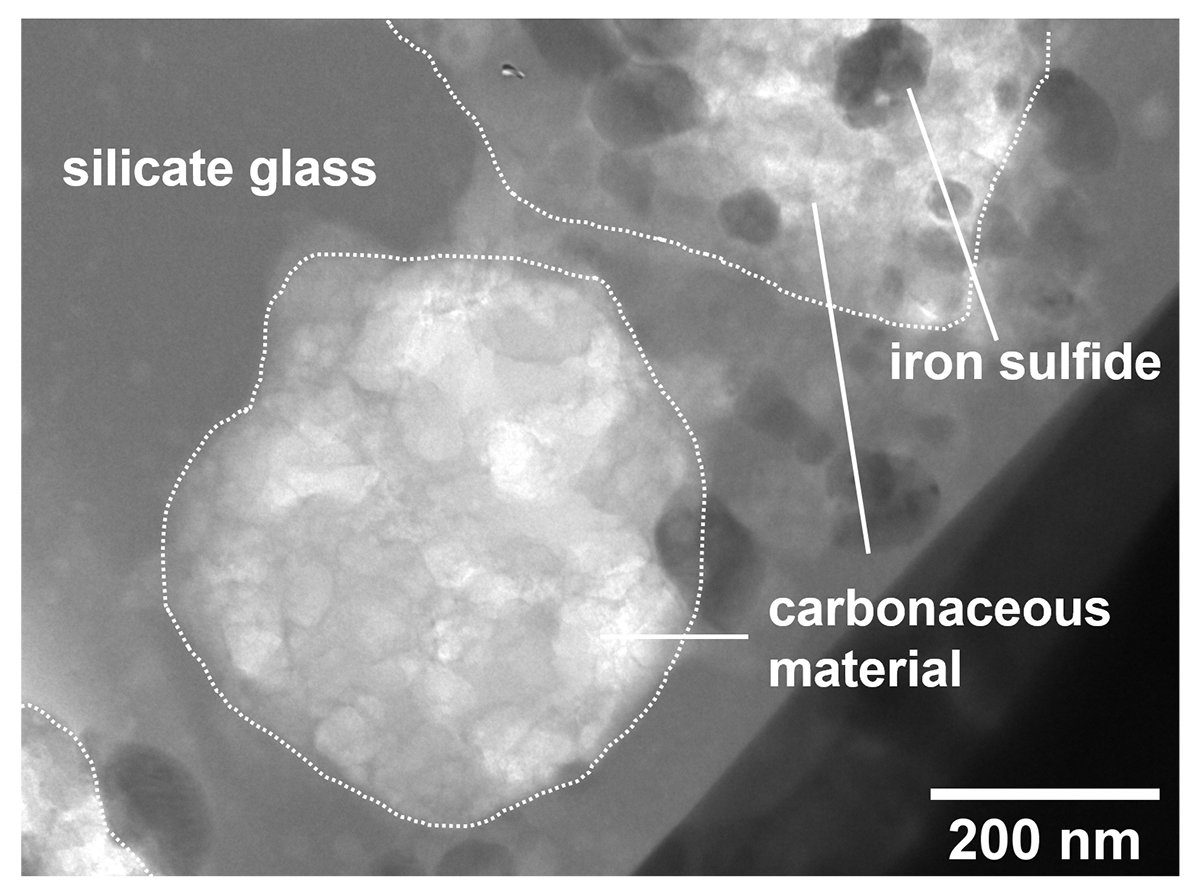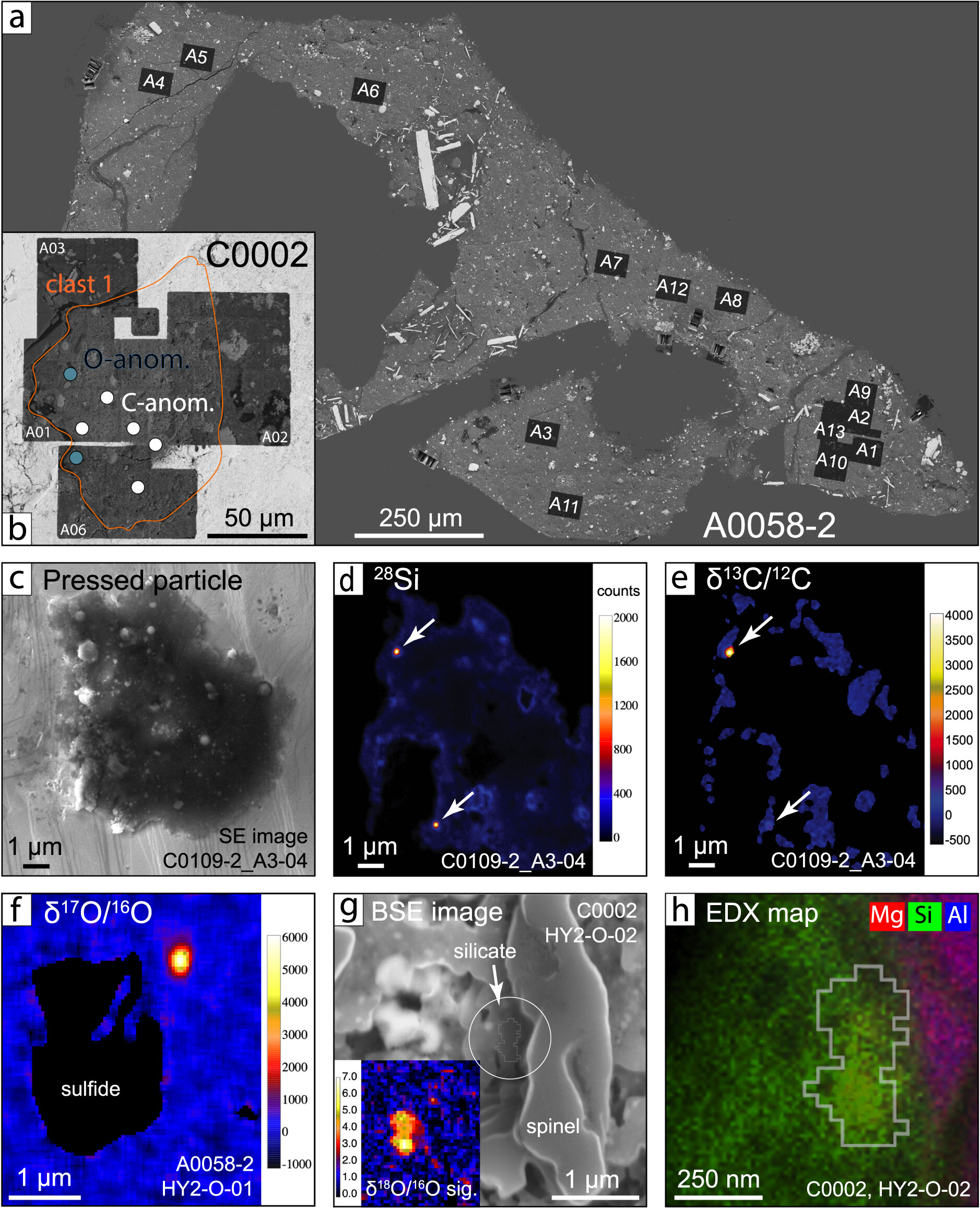
Asteroids that orbit close to the Earth inevitably cause us some anxiety due to the even remote possibility of a collision. But their proximity also offers ample opportunities to learn more about the universe. Ryugu, a 900-meter diameter asteroid in the Apollo belt, has recently proven useful in our search for signs of life’s precursors elsewhere in our solar system.
A team of researchers at Kyoto University have found evidence of salt minerals in samples recovered from Ryugu during the initial phase of Japan’s Hayabusa2 mission...
Read More









Recent Comments